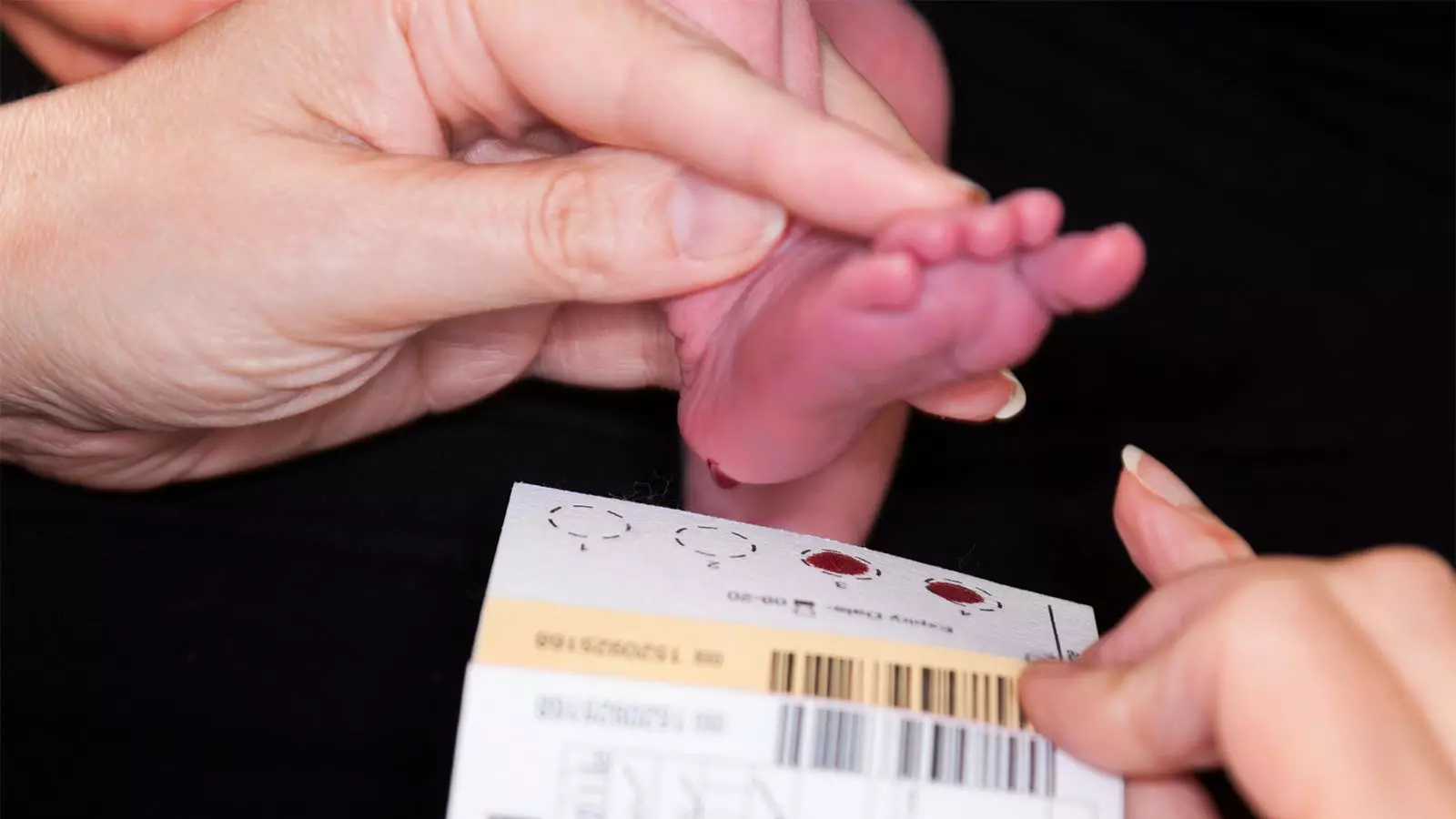Spinal Muscular Atrophy (SMA) is a rare genetic disorder that primarily affects motor neurons in the spinal cord, leading to muscle weakness and atrophy. It is caused by the loss of motor neurons, largely due to mutations in the SMN1 gene, which is crucial for the survival of these nerve cells. The severity of SMA varies significantly among individuals, classified mainly into different types based on the age of onset and the progression of symptoms. The introduction of widespread newborn screening for SMA across the United States, initiated in 2018, aims to provide earlier diagnosis and intervention, which can dramatically alter the prognosis for affected infants.
Recent research has revealed a surprising reassessment of the prevalence of SMA in newborns. According to a study analyzing data from newborn screening programs across 30 U.S. states, the incidence of SMA is estimated at approximately one in every 14,694 births. This figure is significantly lower than the previously estimated prevalence of one in 10,000 births. The shift in these statistics stems from the use of more robust methodologies centered on newborn screening rather than relying on historical data from carrier screenings or patient registries.
Experts such as Amanda Barone Pritchard, MD, have underscored that this study is unique as it specifically focuses on data derived from newborn screening programs rather than supplementary forms of data collection. This distinction highlights the importance of valid and reliable sources of data when determining the prevalence of genetic disorders that impact infants.
The implications of accurate SMA prevalence data extend far beyond mere statistics. Early detection through newborn screening has been shown to be crucial for effective treatment. The ability to initiate treatment at an earliest diagnosis can lead to improved motor development in affected infants. This is particularly vital for milder cases of SMA, where symptoms may not become apparent until later in life. The capacity of newborn screening to identify milder cases ensures that a comprehensive approach is taken to manage the range of symptoms associated with the disorder.
Furthermore, with almost universal participation in newborn screening programs and genetic testing for the SMN1 gene, researchers can get a clearer understanding of how many infants are born with SMA. This knowledge not only assists in planning for healthcare needs but also sheds light on the necessity for research into improved care and treatment options. Such advancements are particularly crucial for anticipating healthcare resource allocation and overall management of SMA.
The advancements in genetic screening have also influenced reproductive choices for families. As noted in studies, the American College of Obstetricians and Gynecologists and the American College of Medical Genetics and Genomics recommend carrier screening for SMA for prospective parents. This proactive approach contributes significantly to informed reproductive decisions and subsequent birth prevalence rates of SMA. Understanding genetic risk allows families to make choices that align with their health and family planning goals.
The analysis conducted by Cure SMA researchers also provides an in-depth look at data spanning from January 2018 to December 2022, covering over 6 million births. They documented 425 confirmed cases of SMA, pointing out that certain states, including New York and Pennsylvania, produced the highest number of positive test results. A crucial finding was that while New York recorded the most cases, the prevalence reflected 1 in 20,310, which is lower than the overall national average.
The data from this study offer critical insights that can steer future research in SMA care and genetic therapy. Understanding the SMN2 gene copy number in confirmed SMA cases allowed for the classification of disease severity in affected infants. Coverage of this data provides clarity on patient populations and may guide targeted therapeutic approaches.
However, researchers have acknowledged the limitations of their findings, noting that the data were collected at different times after the implementation of newborn screening, which may affect prevalence accuracy. Nonetheless, these minimum prevalence rates lay the groundwork for future investigations into SMA and bolster the importance of ongoing research into genetic disorders in newborns.
The evolving understanding of SMA prevalence, coupled with the transformative potential of newborn screening programs, offers a beacon of hope for improving outcomes for affected infants and shaping the future of genetic research and treatment strategies.


Leave a Reply